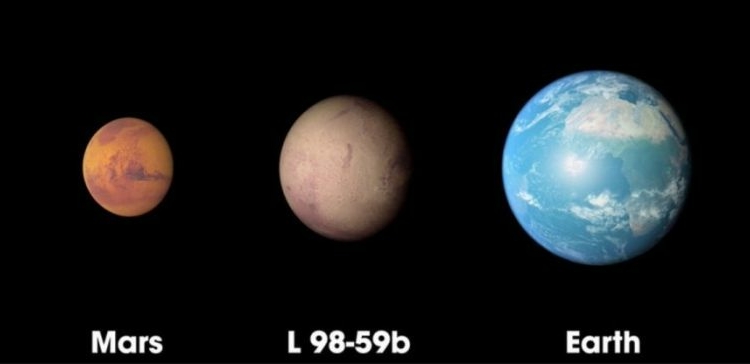NASA’s new exoplanet-hunting telescope has discovered its smallest planet yet: a world somewhere between the sizes of Earth and its smaller sister Mars.
The planet is called L 98-59b because it sits in a nearby star system called L 98-59 that’s 35 light-years from our solar system in the southern constellation Volans. L 98-59b is not the smallest exoplanet ever discovered — that record belongs to a tiny rock called Kepler-37b, which is just one-fifth larger than Earth’s moon.
But ever since NASA’s more advanced Transiting Exoplanet Survey Satellite (TESS) space telescope came online, replacing the old Kepler telescope, this is the smallest planet NASA has managed to see.
L 98-59b is one of three planets discovered in the system and reported in a paper published today (June 27) in The Astronomical Journal. The other two are 1.4 and 1.6 times the width of Earth.




Discussion about this post